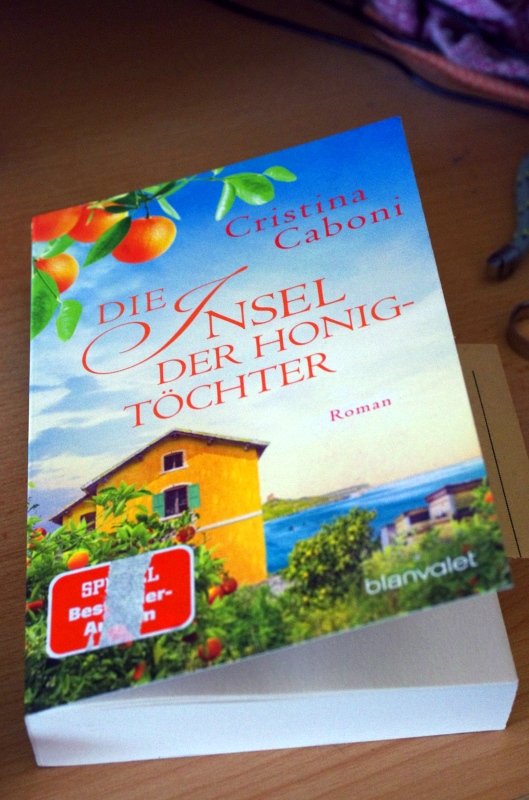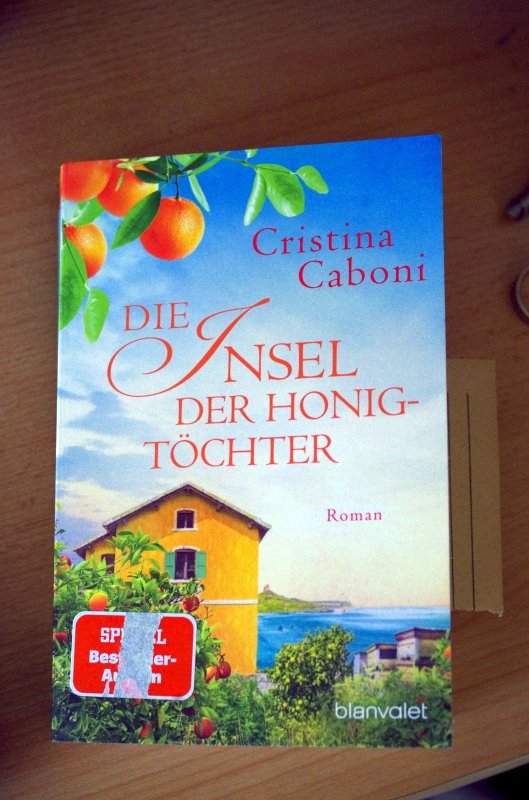Julian Shellhammer
Practically Family
- Messages
- 904
The Mysterious Benedict Society, by Trenton Lee Stewart. It's supposed to be young adult fiction, I guess, but I enjoyed it a great deal. Wordplay and riddles are used throughout the story. The basic plot is that four children, ages 10, 10, 11, and indeterminate, are recruited by a quirky yet charming doctor-scientist-professor and his two assistants to battle a villain intent on world domination.
There are multiple twists and turns, cliff-hangers, and kid spy craft. Author Stewart names some characters quite cleverly, such as a pair of young bullies called Jackson and Jillson. Without giving anything away, the main antagonist is named Letfalltha Curtain. If you google the phrase "let fall the curtain," it shows up as a line in a poem by William Cowper.
Well-written and readable, with many literary references, and word puzzles for the kids and the reader.
There are multiple twists and turns, cliff-hangers, and kid spy craft. Author Stewart names some characters quite cleverly, such as a pair of young bullies called Jackson and Jillson. Without giving anything away, the main antagonist is named Letfalltha Curtain. If you google the phrase "let fall the curtain," it shows up as a line in a poem by William Cowper.
Well-written and readable, with many literary references, and word puzzles for the kids and the reader.




